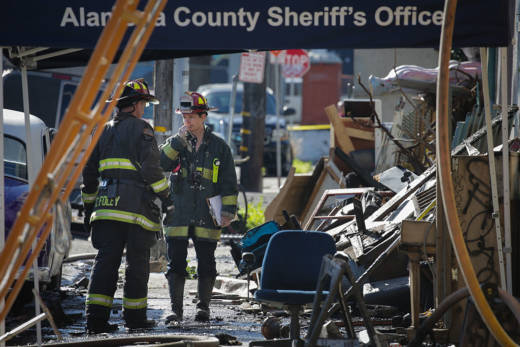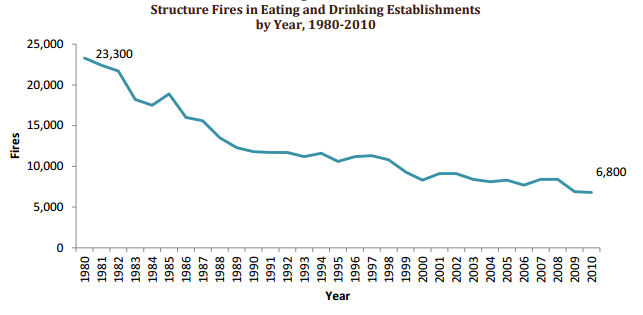Friday night's warehouse fire in Oakland is one of the most deadly indoor fires in the U.S. in the past half-century. Even as Oakland Mayor Libby Schaaf and fire officials focus on recovering the dead and sifting through debris, questions are emerging about how to enforce basic fire codes in buildings that serve underground artists.
It's no longer common in the United States, as it once was, to have mass casualties from theater and nightclub fires. Over the past century, safety measures have diminished the number of deaths from fire when people are packed into tight spaces, under low lights, with few exit routes.
Tragically, late in the evening of Dec. 2, furiously hot flames trapped a lively young crowd during an electronic music event in a building called the Ghost Ship, killing at least 36 people. The warehouse was illegally repurposed as an artists' collective with living and work spaces. The venue was permitted as a one-story warehouse, not an entertainment or housing venue -- an important distinction because the codes and standards that apply to a building depend on its use. The safety requirements for a nightclub, for example, are much different from those for a storage facility.
James Pauley, the president of the National Fire Protection Association (NFPA), says it's critical that when the use of a building changes, authorities must be informed so they can enforce the proper codes for public safety.
Pauley worries that tinder boxes like the Ghost Ship fly under the radar of authorities far too often.

 History Reflects the Importance of Refining the Fire Code
History Reflects the Importance of Refining the Fire Code